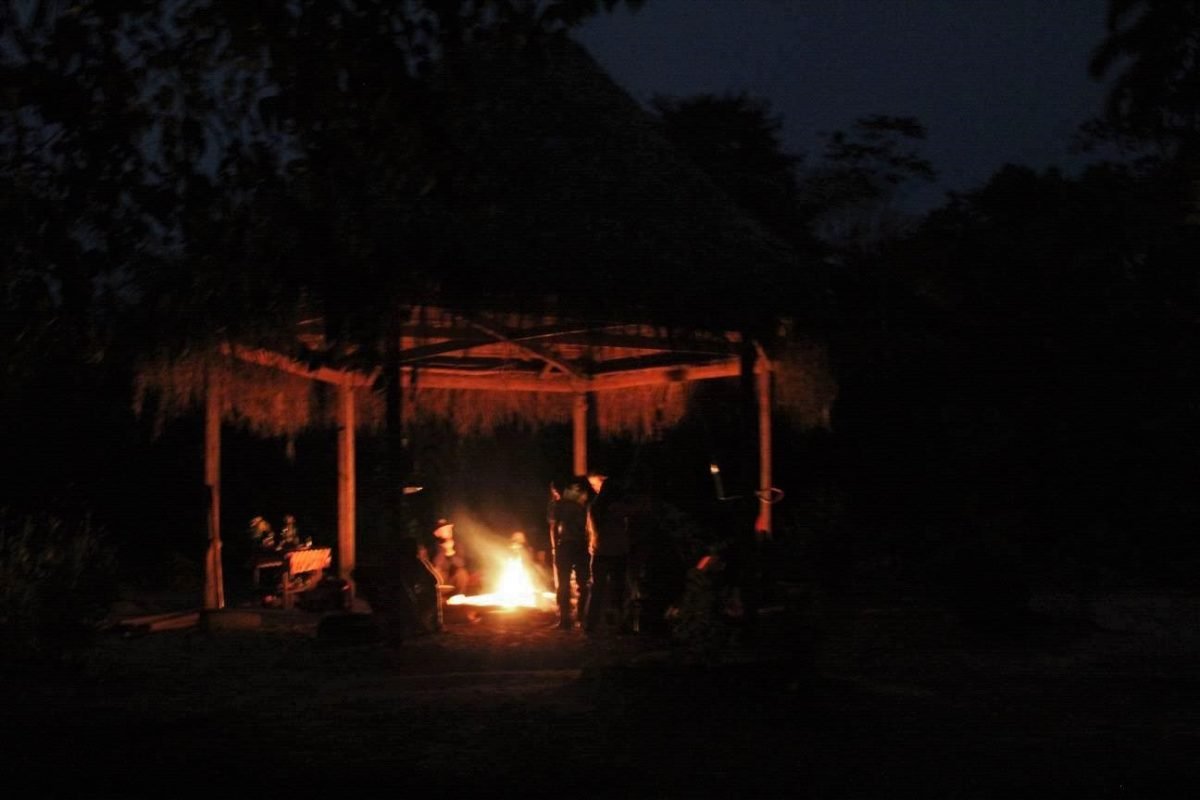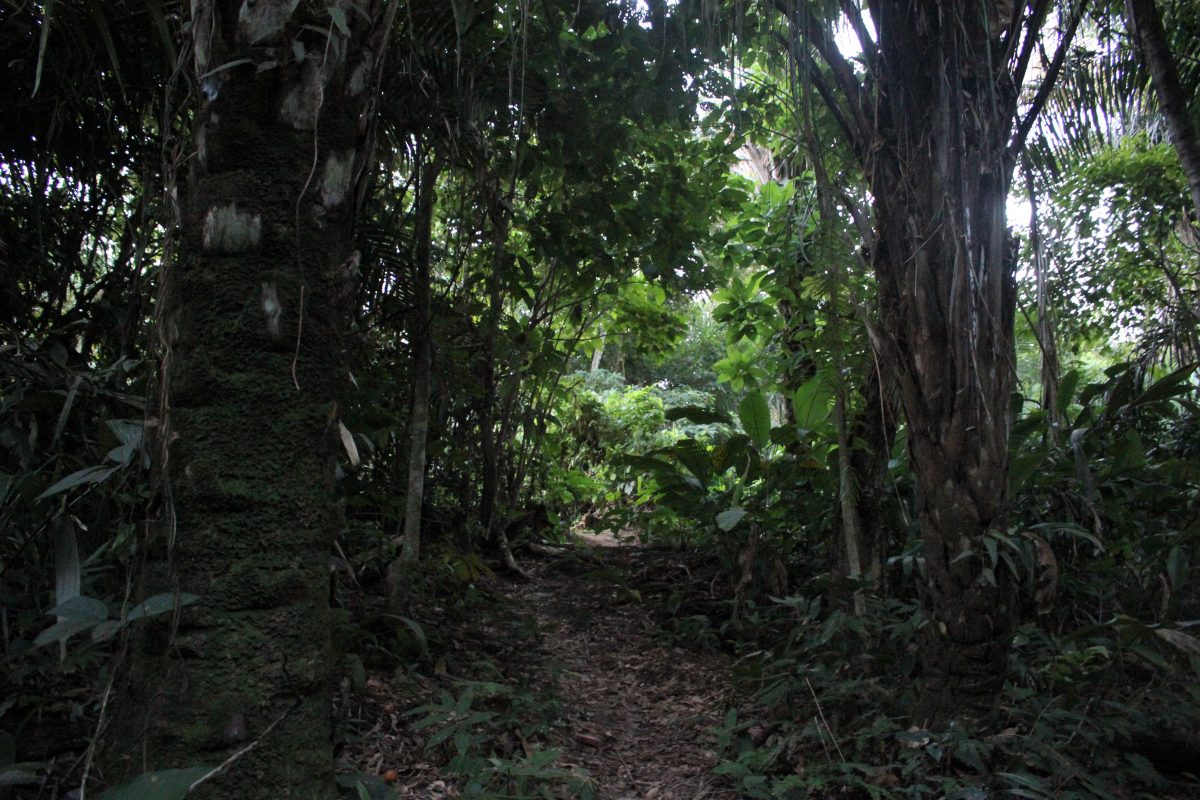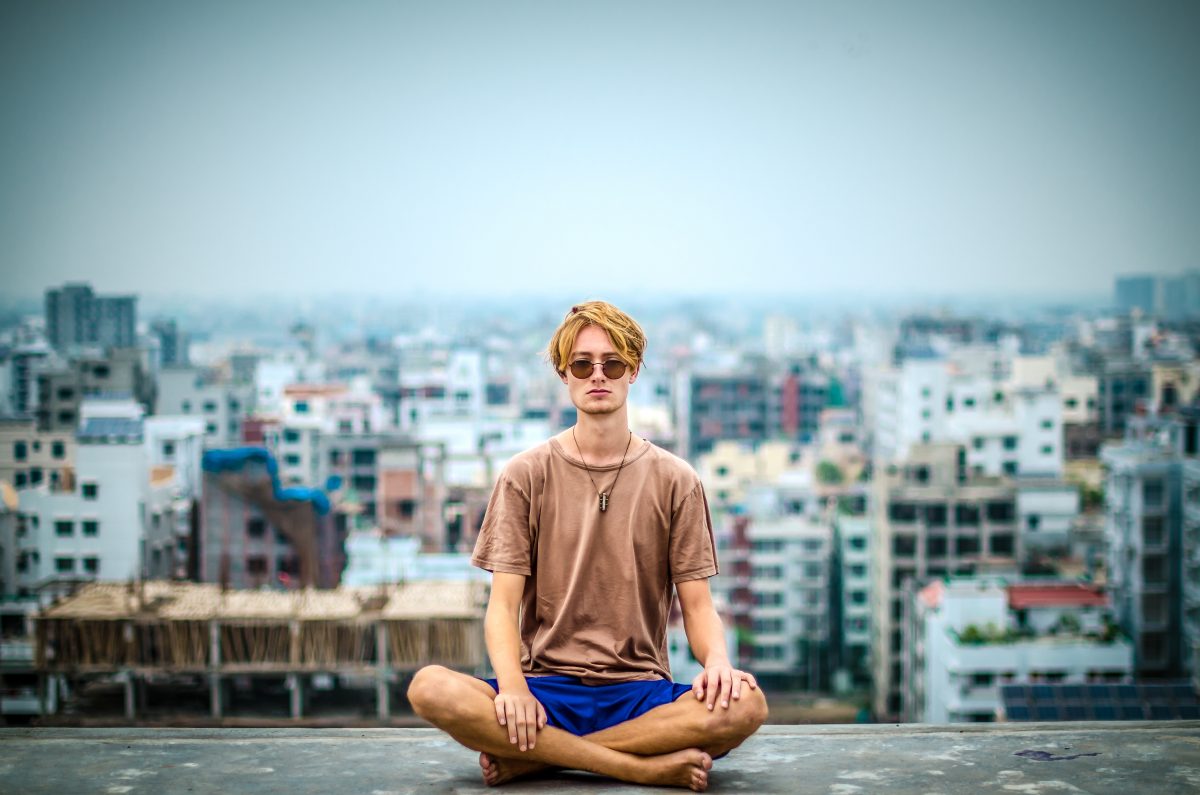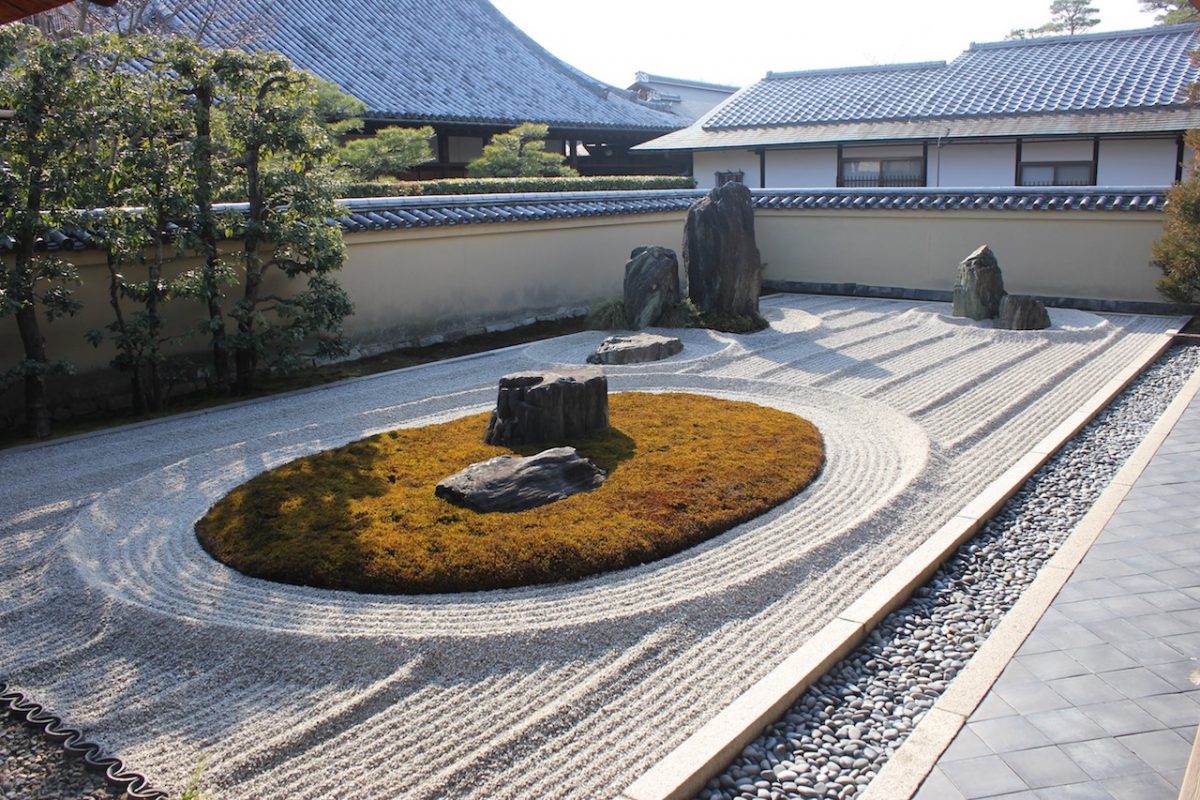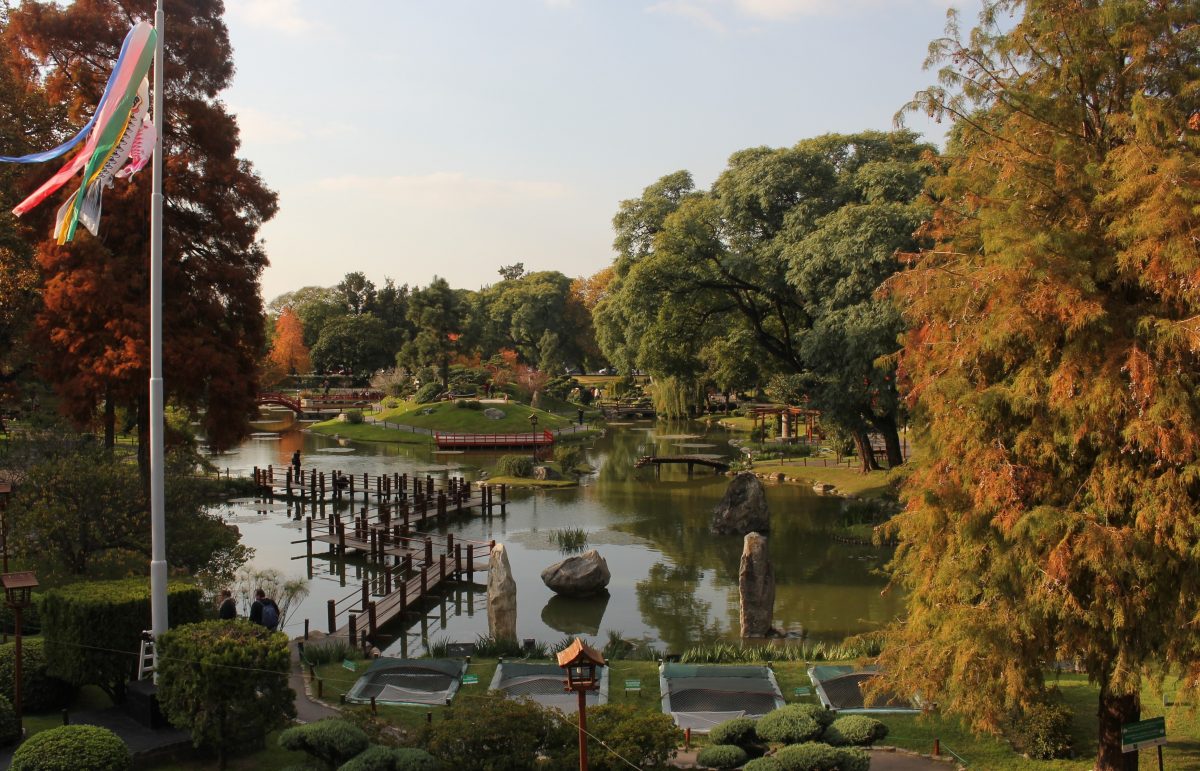[Elusive Ayahuasca – Part 1] . [Elusive Ayahuasca – Part 2]
Part 3
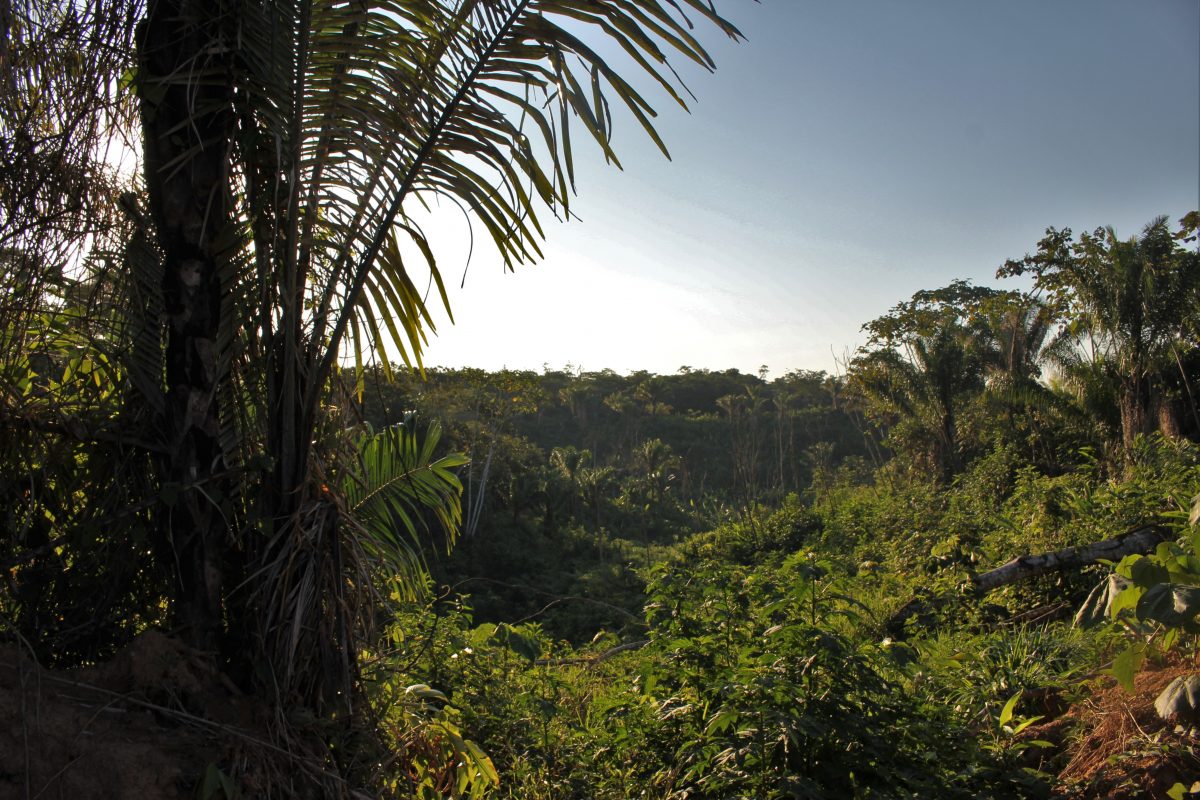
Bolivian Amazon -home for the week
Camp life
The day after the 1st ceremony I had a classic post-trip day feeling: a lethargic slumber but mentally light and with a bright outlook. I reflected on my visions from the night before, if they had any meaning it was about the impermanence of thoughts and how they create our reality. Something was lacking though; I only reflected on this theoretically and without the feeling where you truly realise something and know it in your bones.
At the kitchen the French couple Mabelle and Jean were saying their goodbyes. Jean was leaving that day, he had to drive a van back to Chile to sell. Mabelle was different again, she was floating and smiley, she seemed to have processed some of what had passed in the last ceremony. She’d decided to stay at the camp to do one more ceremony, she felt she had something unfinished and incomplete with ayahuasaca and felt that staying for her 3rd ceremony would be for the best. She hadn’t been apart from Jean in 10 months but they didn’t seem to have any doubts about their decision. Jean wished us ‘buenas ceremonias’ and left for Chile. I smoked a fat joint with Augustino after breakfast and headed out to the river.
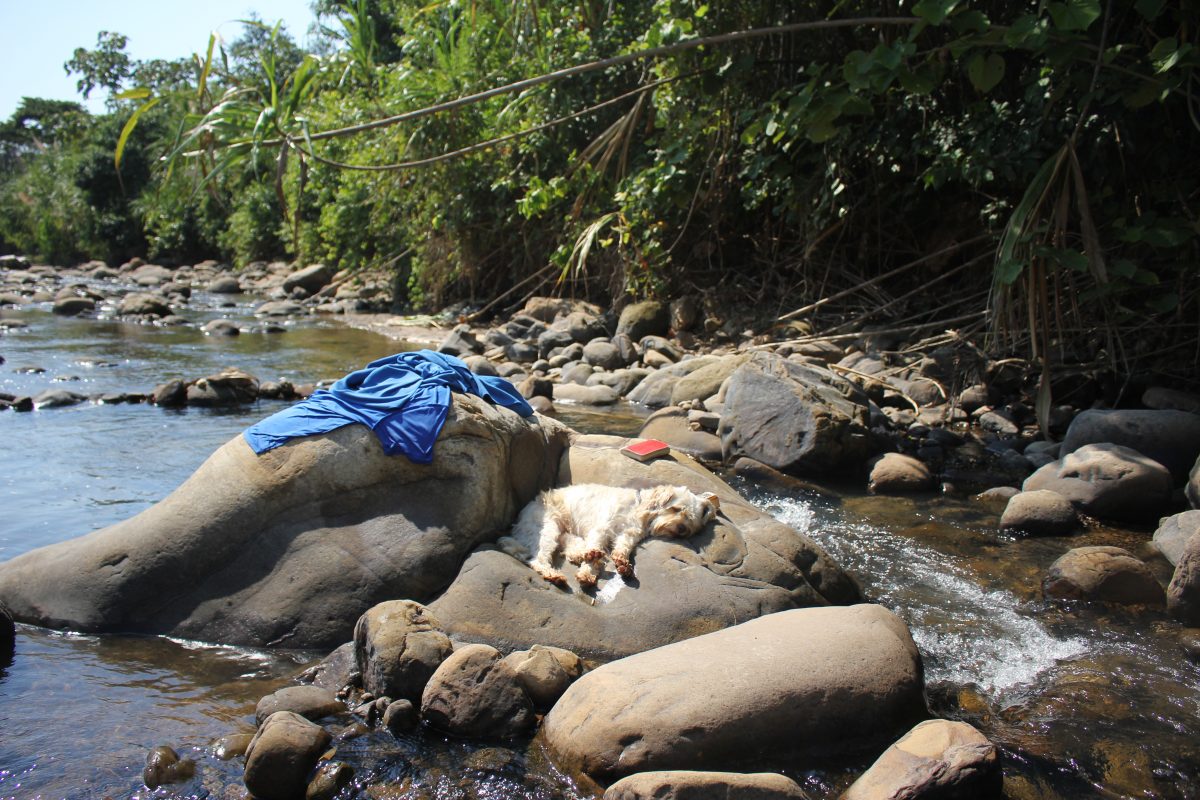
River chilling
It was decided that our last two ceremonies would be on consecutive nights, my last two nights staying in the jungle. This meant the next 3 days and 2 nights would be free to settle in to life in the jungle and relax. I passed time reading and meditating and went with Sophie out to the river everyday to cool down from the baking sun and escape the bugs. We went out for walks in the surrounding rainforest and really started to bond as we got to know each other more deeply.
During these days I shared many conversations with Augustino and learnt more about the people and the project there, and got a sense of their life in the rainforest. Augustino, now in his thirties, was from Ushuaia, a resort town in Patagonia on the southernmost tip of South America; ‘the bottom of the world’. He’d left home in his late teens, travelling South America working as an artisan, as many do, making crafts to sell on the street and juggling at traffic lights for money. He’d met Maria on the Isla Del Sol, a beautiful place on Lake Titicaca popular with hippies and artisans. He’d first took Ayahuasca with Guillermo years before, and later Guillermo took him on to work at the site. Later, he had invited his nephew Carlos who’d also followed the same artisan/juggler route, to come and work at the site too.
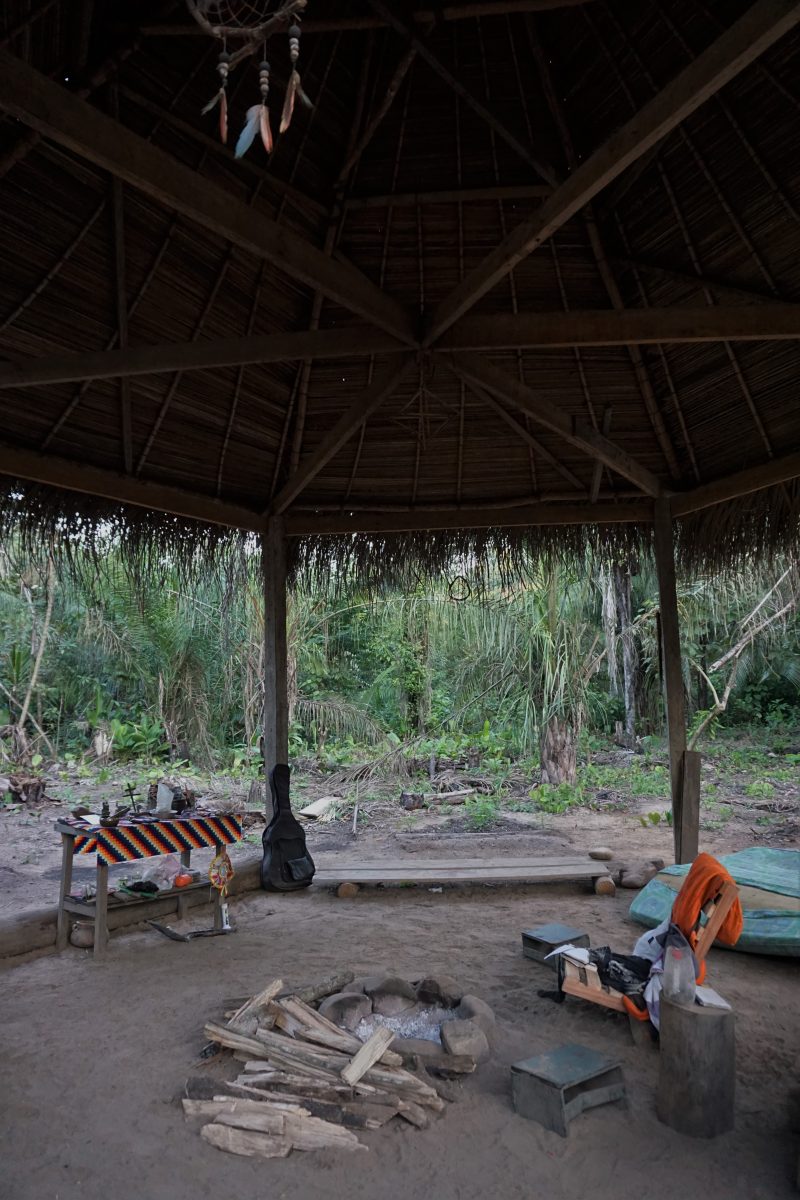
Inside the temple, a palapa
I also learnt of their process of making ayahuasca, how they go on an ‘excursion’ of a couple of days up to the nearby mountain to bring the necessary plants back to create the brew of ayahuasca, and how after they spend days grinding the vine, boiling it and making the brew, all the while drinking ayahuasca and singing tributary ayahuasca songs day and night. Just your typical working routine then.
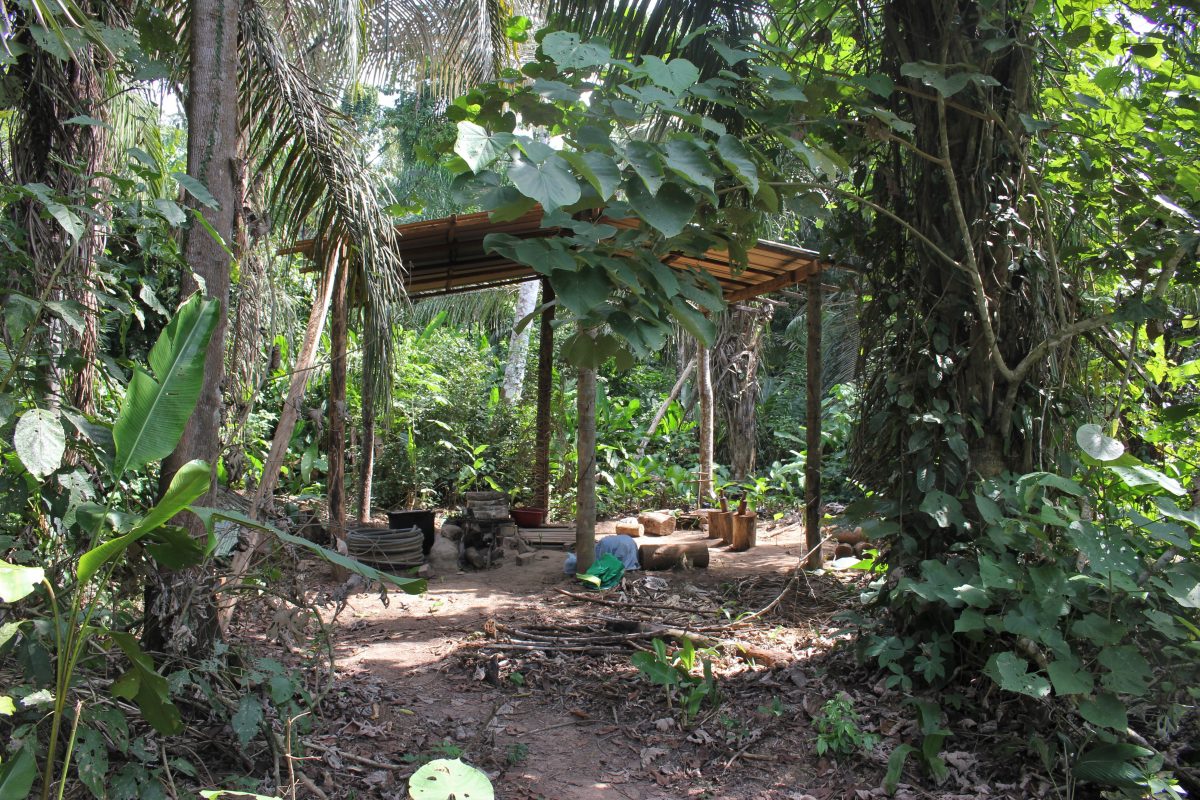
Where the ayahuasca is made

Boiling spot for aya
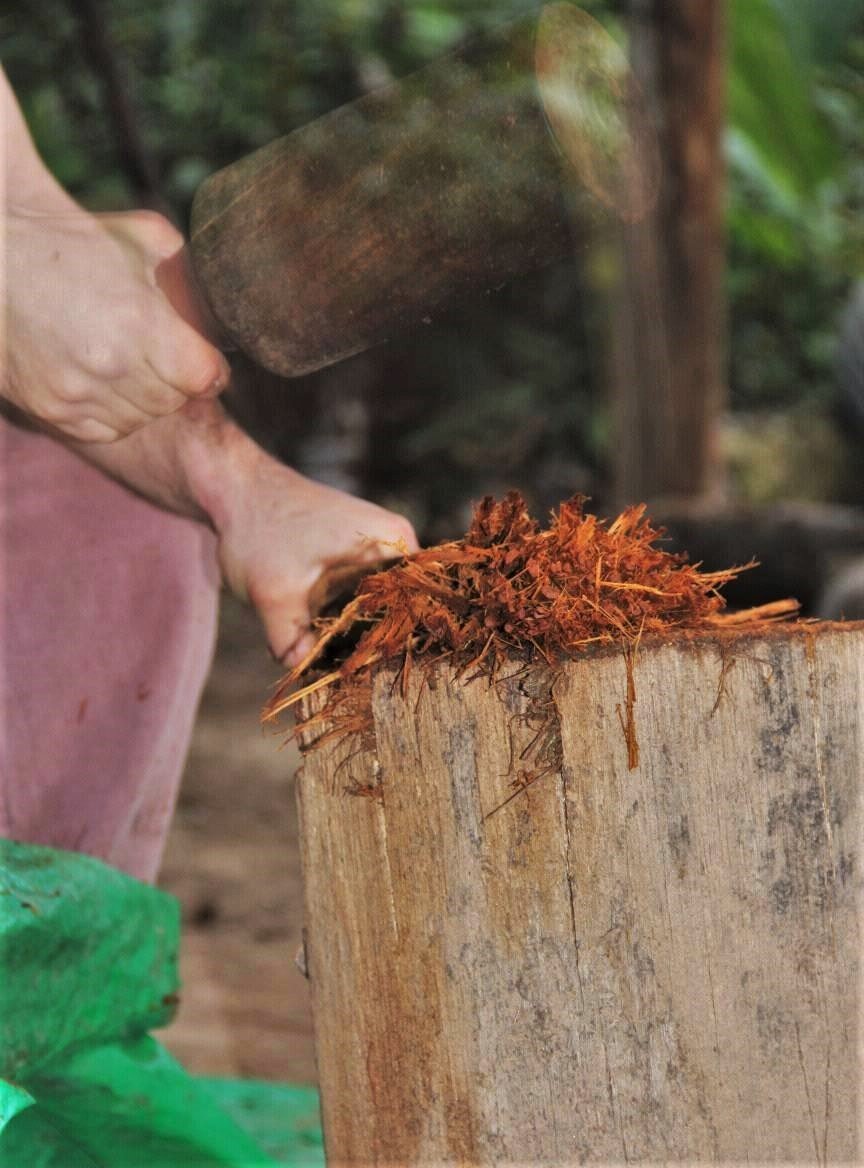
Preparation process
The Shaman’s Story
Augustino also told me of the years of training that Guillermo had done to become a shaman, drinking ayahuasca almost daily and learning from the elders. Guillermo had started his psychedelic journey at the extreme end – with Datura, AKA Jimson weed, at the age of 14 (seriously), before going on to take and learn about San Pedro, temazcal ceremonies, and ayahuasca. He had an instant affinity for ayahuasca and drank it many times eventually joining the Santiago de Chile branch of the Santo Daime church. There he received ayahuasca and teachings from the fathers of the church and began to start conducting ceremonies himself. Amongst other traditional medicines he went on to learn about kambo, the frog poison cleanse, before receiving a message from ayahuasca to go to Bolivia. He and his family sold all their things, came to Bolivia, bought land, set up the project, and a few months later, I was there.
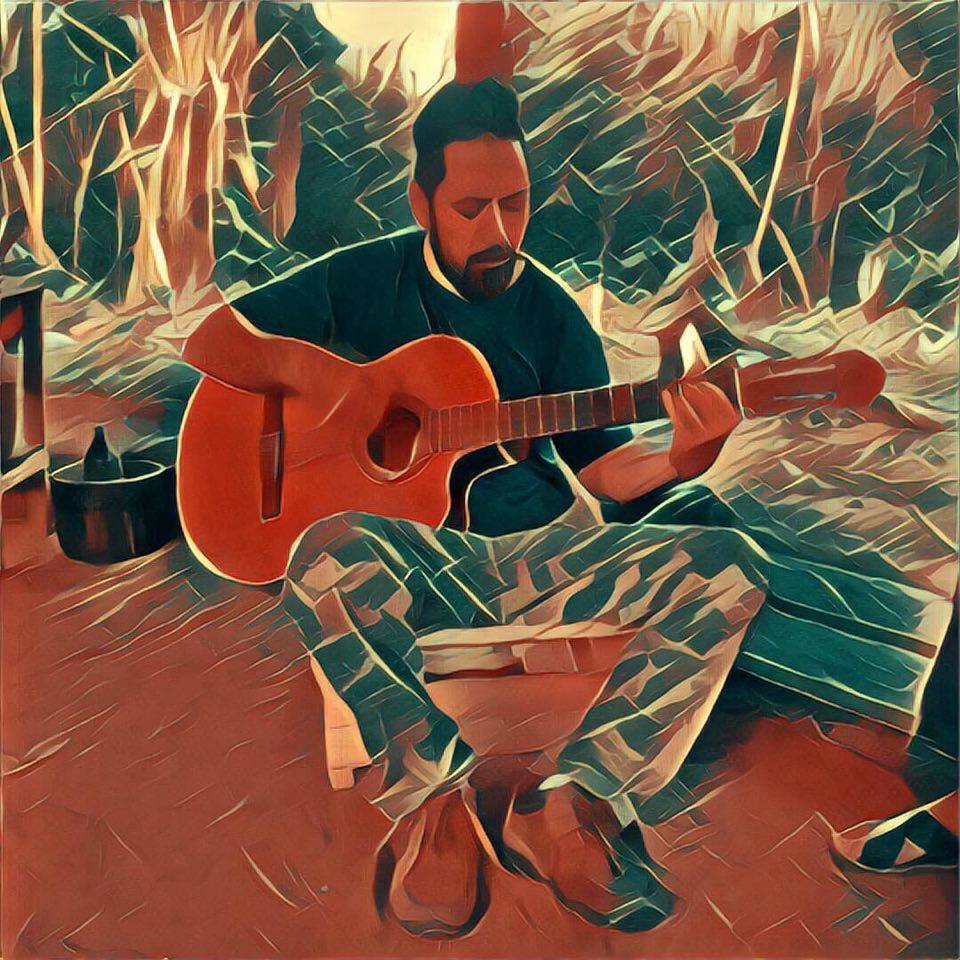
The shaman, Guillermo, playing icaros in the temple
Final ceremonies
Ahead of the final ceremonies Augustino offered us some more advice. Intentions should never be something material – ‘to get a better car’, but always something relating to the spirit – ‘to be a better person’, ‘to be healed’. One should stay with their intention in mind during the ceremony, and not lie down too soon in order to stave off feelings of sleepiness and drowsiness. At the next ceremony there would be an offering of rapé (snuff tobacco shot up the nostrils for cleansing), and apparently this would aid us in staying alert and awake. Going in to the 2nd ceremony I had a strong determination to stay focused on my intention and relaxed. On the day, after a light early brunch, we drank chicha de yucca- yucca smashed into a juice-like pulp, with Augustino advising that it would help with the body’s processing of the ayahuasca.
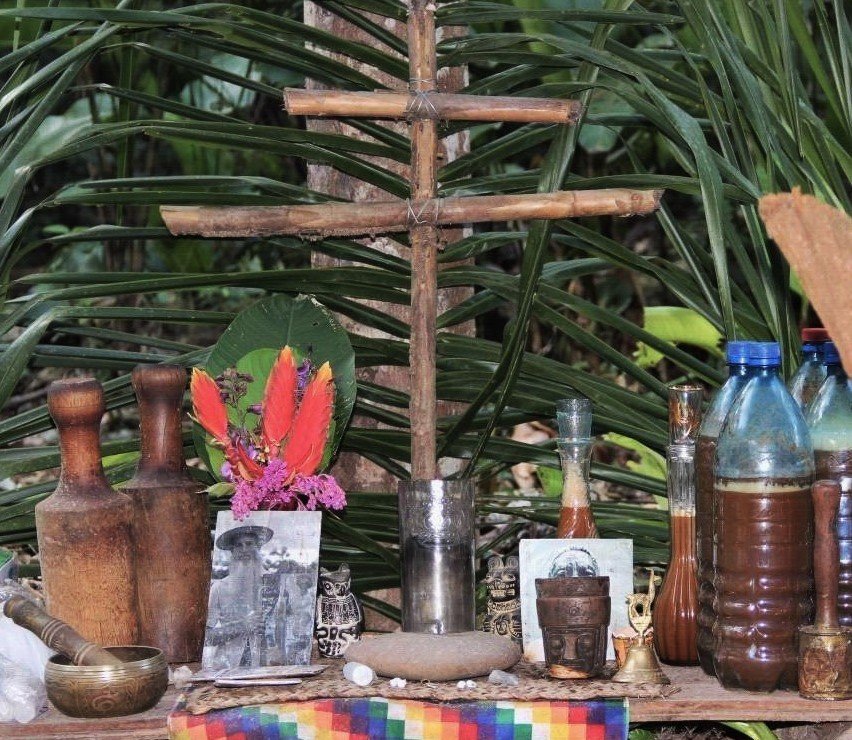
The altar w/ bottled ayahuasca
The 2nd ceremony – 4 Cups and a Side of Rapé
Aswell as the resident trio, this time all three of them in white shirts for the ceremony, Mabelle, Maria, and Guillermo’s wife were present. As we arrived to the temple that evening there was also a new face by the fire, a young Frenchman who would be beside me for the ceremony. He drank before me each round and quite clearly had trouble doing so, taking a good minute to finish the cup, raising his arm to cover his mouth as he gagged between every gulp. Typical French hamming it up.
The ceremony followed the same rhythm – opening prayers, icaros, bell, drinking in silence, vomiting, icaros, bell, drinking and so on. Guillermo’s wife joined in with many of the icaros, her voice soothing and beautiful. This time I sat up straight in meditation posture with my eyes closed for nearly all of the ceremony and continually returned to my intention, using it like a mantra. There was no meditation this time round but the rapé after the 2nd cup.
The Rapé
After the round of ayahuasca Guillermo walked over to a knee height cross, faintly illuminated by a small candle at its base, just outside the temple. He explained that anyone was free to come and take the rapé, a mix of pulverised tobacco and other plants shot into one’s nostrils for mental and physical cleansing. A sacred shamanic medicine that’s been used by healers of the Amazon basin for thousands of years, I’d wanted to try rapé for a while and after a couple of the others I made my way over to the cross.
Using a thin wooden pipe with a bend in the middle, Guillermo loaded the tobacco mix into one end, pointed the other end to my right nostril, placed the pipe to his lips and gave a short sharp blast of air. The mix shot up to somewhere behind my eyes and landed with an explosion of ridiculously intense stinging. I reeled back instantaneously, shaking my head in an instinctive attempt to somehow lessen the burning sensation permeating the area below my frontal lobe. After spitting and managing to open my eyes again through the subsiding pain I stepped back to receive the rapé in my left nostril. The burning was reignited and spread further than the first. As I paced around I spat and blew my nose. My sinuses felt clearer and Augustino was right; I was wide awake.
After myself the Frenchman went up for his rapé. Augustino administered his and, true to form, the Frenchman gave a show. After receiving his first shot he jerked about feverishly as if he were being tortured, continually shifting his head to face a new direction as if he would find the magic spot which would relieve him from his agony. His hands and arms followed the jerky dance as Augustino called him back for the second nostril, but he was oblivious to the calls. After repeated calls and as the agitations died down, Augustino was able to get him back for the second nostril; the bizarre dance received a new lease of life and he was off again, I couldn’t help but be amused.
After the rapé the icaros started up again and the ceremony continued as per usual. Again, my experience throughout was one of normal waking consciousness accompanied by feelings of wooziness. Nothing notable passed, with the exception of one occurrence.
Déjà vu
Somewhere between the 3rd and 4th cup, whilst laying back I experienced a strong and clear déjà vu. I had experienced that moment before; by the fire, the icaros sounding out, in the jungle, on that night. Normally with deja vu there is the sense that we’ve absolutely experienced it before but we’re not sure when. This was different in that I remembered exactly when I’d experienced it before. I had experienced that moment before in a dream, two years prior, on a 10-day silent meditation course. During the course I’d had the most vivid and intense dreams of my life, extremely clear and emotionally heavy, many of which I still remember to this day.
Whether this was a some trick of the mind or there was something more mystical at work -some kind of premonition piercing linear time- I know that the feeling was real. I knew that was where I had experienced it before. The déjà vu moment lasted a few seconds, was followed by my realisation of where I had experienced it before, and then passed. My experience continued as before until the closing of the ceremony; hazy, woozy and unclear.
Post-ceremony
As the ceremony ended and the silence was broken the Frenchman turned his head to me, ‘good travel’ he smiled. I stood up and as everyone exchanged hugs and well wishes, Augustino came over to me.
‘La chicha uh?!’ he said pointing to me with a massive grin on his face, expecting me to report on a wondrous journey and credit the chicha de yuca I’d drank in preparation. I reluctantly smiled, I so wanted to be able to share in that, to give the response he was expecting: to crack a huge smile and reply ‘the motherfucking chicha!’ – but I couldn’t, nothing had happened.
‘Mañana, mañana’ he reassured me. There was still the last ceremony to come and apparently the medicine worked more strongly on a second consecutive night.
I looked over and saw the faces of Sophie and the French boy flickering orange from the fire. They were sat together talking and I could tell by their expressions and the tone of their voices that they were speaking of something magical, something hitherto unseen – they were sharing their experiences. Mabelle was still and smiling as she stood gazing into the fire, she looked as though she had seen something so beautiful she wanted to cry.
I knew that something special was happening there. Again I could sense the magic, it was present in the people all around me and it filled the fibres of the jungle air, yet it remained out of my reach. I understood and accepted; you can choose to take ayahuasca, but it also has to choose you. You can make the decision to drink it, travel to far flung lands and take cup after cup in the jungle, but you’re not necessarily going to experience anything. I’d heard that ayahuasca will give you what you need rather than what you want, and perhaps this was true in my case but I doubted it; I didn’t feel like I’d got either.
5 Final Cups – Last Ceremony, Last Chance?
The next night, for the 3rd and final ceremony, I had no expectations. I went to the temple totally relaxed and calm that night. It was the same story – varying levels of wooziness within a pervading normal waking state of consciousness. Instead of meditating or keeping an intention in mind I passed the ceremony admiring the rite: the quirkiness of the rituals, the tones of the icaros and the ambience of the night around the fire. And that was it, the last ceremony.
Where Next?
As the ceremony closed I reflected on my week in the jungle. The setting, the ceremonies, our shaman, the people there; all were as good as I could’ve hoped for. The ceremonies were beautiful and I could see how everyone involved in the project there deeply cared about their work and their mission. I felt grateful for the opportunity to take ayahuasca in a safe and beautiful setting with support from everyone there. But, I was still short of what I really came for; something otherworldly, induced deep psychological introspection, perhaps illumination. Drinking ayahuasca in the amazon was the decisive reason why I came to South America and I’d hoped would be a massive revelation of my trip. After all, it felt incomplete. It’d now been 5 times that I’d drunk ayahuasca, and despite my unwavering sobriety I could see that it was having serious effects on the others who drank with me. I’d drank 14 cups in the last week and still had barely broken out of normal consciousness nor had an ayahuasca experience. I felt at a cross roads.
Do I accept that ayahuasca may never give me what I’m looking for, move on with my life and leave it behind? Or defy the messages that nothing’s coming, and keep searching?
The answer was simple: I accept it and the search continues. I accepted that the week in the rainforest wasn’t what I was looking for. I accepted that I’d had no grand experience and undergone no serious change. I was in total acceptance of all my unsatisfied expectations and felt at peace. I accepted it all but I knew in my heart that the search wasn’t over. The mystery of ayahuasca and my curiosity about the brew had only been heightened and I would be back to traverse these terrains another day. I was at peace and ready to leave this chapter open for the time being. I came to the jungle, partook in the ceremonies, witnessed the beauty of the age old ritual around the fire and felt the magic in the place and people – and that was enough, for now. The final chapter on ayahuasca awaits – maybe I’ll find out that ayahuasca just doesn’t work with me physiologically, or perhaps this is just my story, that my aya path is to be a long and winding one with an epic finish. Time will tell, the journey goes on.
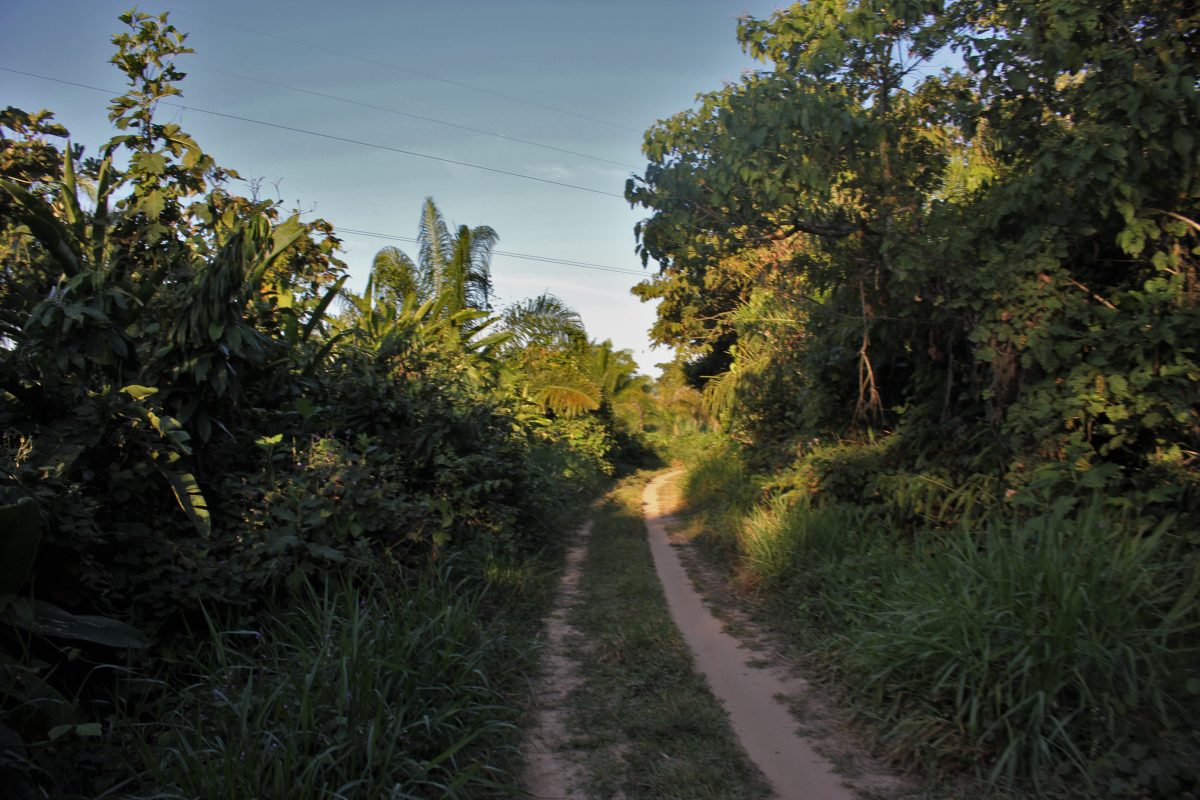
The road out
Time To Move On
I woke up the next day excited to continue my travels, a week ahead I needed to be in Peru to meet a friend before heading on up to Mexico. I’d already decided that I’d head south from Mexico and venture through Central America before returning to South America and once again the amazon where the mystery of aya will still be waiting.
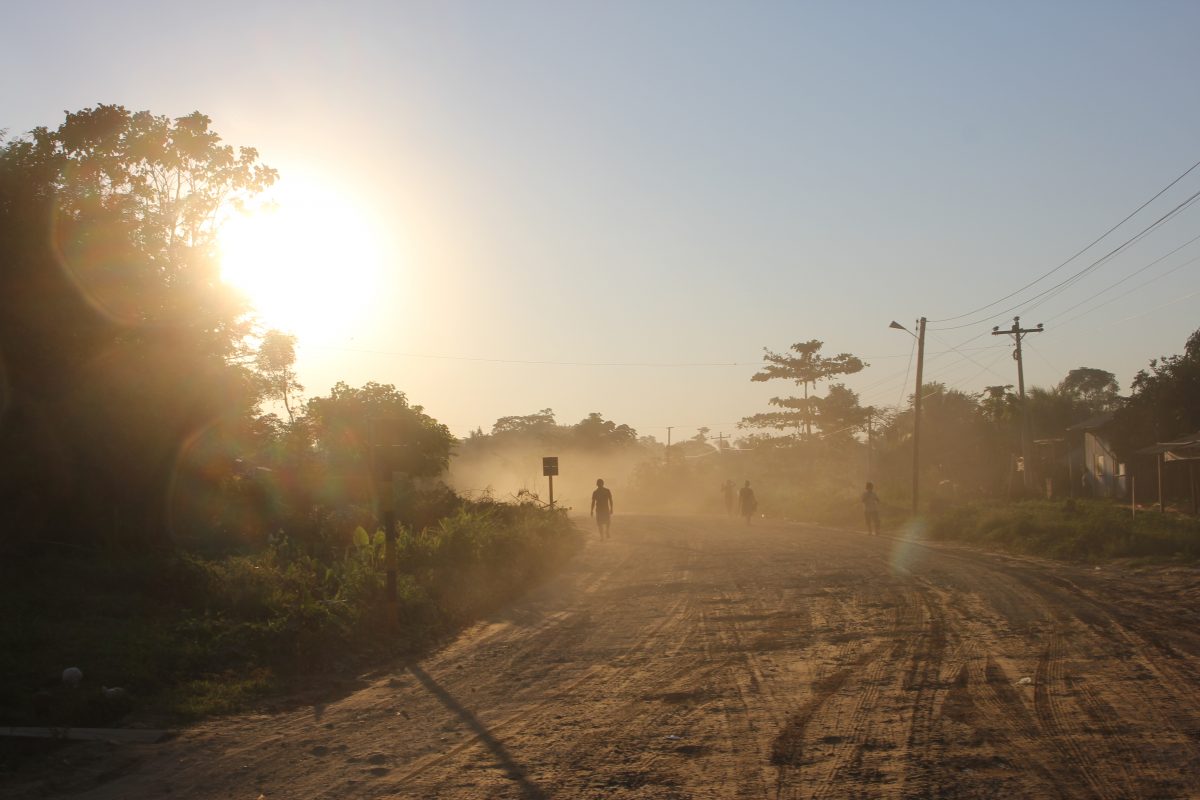
The village passed through leaving the jungle
I left in the afternoon with Sophie, we were going to end our time together on the Isla Del Sol on Lake Titicaca, ‘the most beautiful place in Bolivia’ according to Augustino. Now that sounded like a good place for a trip…
–
If you would like to learn more about Guillermo and his project and go on retreat there, visit the website Casa Buen Retiro

